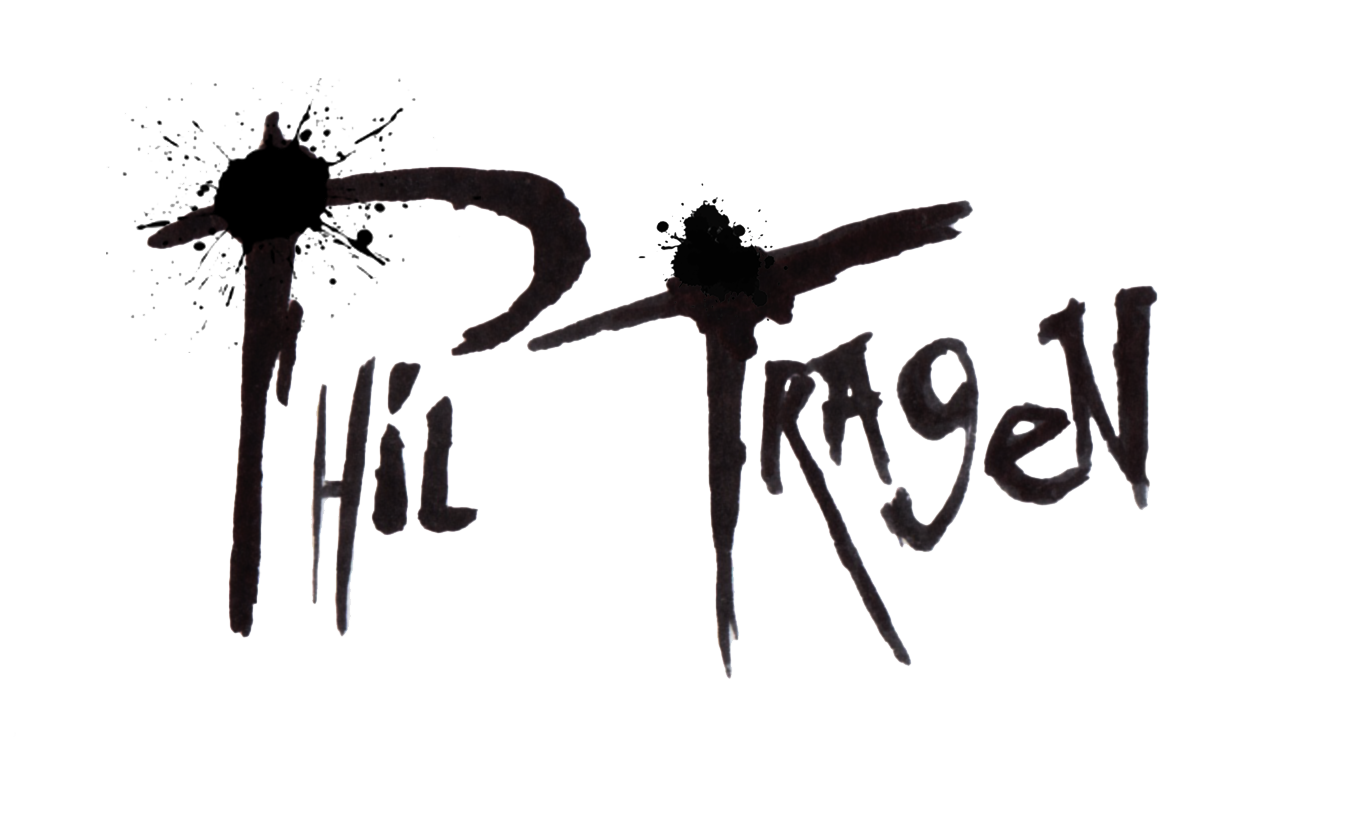The Canon EOS R - A review
The 30.3mp Canon EOS R
Photography is appallingly expensive. My main camera body, an EOS r5, was sent away for a failed tether port. I could rent a replacement for a week or two at £50 a day, or I could think about finally getting a spare.
When I upgraded from the 5d4, I bypassed the EOS R entirely, but when you see it on paper it looks like it hits a sweet spot. Same great sensor as the 5d4, 30.3 mp of resolution, access to the excellent range of RF lenses, introduction to the world of full frame, mirrorless shooting, and of course the best part: the brand new autofocus system that makes the Canon R cameras such a pleasure to work with.
And at just over a grand second hand, I thought it was worth a look.
First glances
USB-C tether port
Top controls and screen
Tilting screen and rear controls
The build quality of the EOS R is really solid; as reassuring to hold as any 5d. It has a useful top screen, which the Canon R6 does not, but the more expensive R5 does. I also love the M-Fn button, which I set to switch between AF lock and AF Servo. AF Servo plus the Eye Detection AF - which the Eos R also features - is an absolute cheat code for portraiture.
The featured USB-C port a is much faster, more stable way to tether than the accident prone micro-USB ports of previous ranges.
On the other hand, it doesn’t have a dedicated mode dial, which is useful for users who like to switch shooting modes quickly. Most inconveniently, the R lacks an aperture thumb dial, which has been a feature of even prosumer Canon digitals since at least the Canon 10D in 2003.
What the MF-n is this?
The experimental manual focus touch bar
Fresh new controls you say? I was sad when the MacBook Pros removed their touch bar; I thought it had its virtues. This one on the EOS R sits neatly under the thumb. On my initial setup I programmed this to control ISO; swipe left or right to raise or lower it. But what Canon added, they also took away - the R lacks a joystick. You can use the LCD thumb drag, but I prefer the physical feedback of the joystick.
The EOS R optical viewfinder
The R5’s electronic 5.6m dot viewfinder is so densely packed with pixels that I mistake it for an optical one at times. By comparison the EOS R’s viewfinder seems relatively low resolution with 3.69m dots, but it works well enough, and certain compromises you ought to expect from this earlier generation camera.
In the field
The R’s first job was a follow up portrait job, which had previously been done on the Canon R5. It was a carefully lit affair, shot using a Canon EF 85mm f1.4, almost wide open at f1.6; so we have contrasty lighting at optically difficult apertures. It’s a test for any sensor but the EOS R rendered it just fine. The IQ of this camera is as excellent as the 5d4, and with the same sensor, why wouldn’t it be? It also has the magically useful CRAW format, which packs the same resolution as conventional RAWS and almost all of the editing latitude that comes with the format, but at a fraction of the size. Wonderful.
EOS R, 85mm f1.4 EF at f1.6
AF Performance
When the Eye Detection AF of a camera isn’t accurate 90% of the time as the R5 and R6’s is, it’s more of a hindrance than an asset. Often outwitted, the EOS R was eyeing up print blouses and the textures on blazers, while my subjects faces drifted off into dreamy f1.6 bokeh swirls. You can’t shoot portraits at super wide apertures on this camera and expect the AI to do the heavy lifting. There’s always conventional spot focusing as with the 5D range, but if you like using a joystick for that… well, there isn’t one.
Did it mean to do that?
Some other things that happened while I used the EOS R on this shoot:
1) While tethered to Lightroom, the pictures often appeared as block grey rectangles. Formatting the SD card usually fixed this.
2) I finally attributed massive and confusing variations in my ISO to the fact that I was rubbing the M-Fn touch bar with my nose every time I held it to my face. I fixed this by disabling it (the bar, not the nose).
3) The controls on the camera fully locked up. The client looked on, concerned. Switching on and off usually fixes this (camera, not client.)
4) The viewfinder occasionally blacks out (me, I blacked out).
The firmware installed on EOS R was 1.8.0, the most recent one, released June 2021. In other words, this is as finished as the EOS R gets.
My verdict
What a frustrating camera the EOS R is, full of great ideas and features it’s too poorly endowed to realise. With no joystick or thumb dial it is ergonomically more similar to a consumer level 2000D than a credible replacement for a 5DIV. The new Canon mirrorless autofocus system, a feature so effective in later R cameras it nearly inspires guilt, feels unfinished here. And the camera is of itself just plain buggy.
But equally, there’s no question that as a cheap, full frame, high resolution bargain entry to the Canon mirrorless world, and all its wonderful new glass, the EOS R is now a very attractive option indeed. Just don’t ask too much of it.









